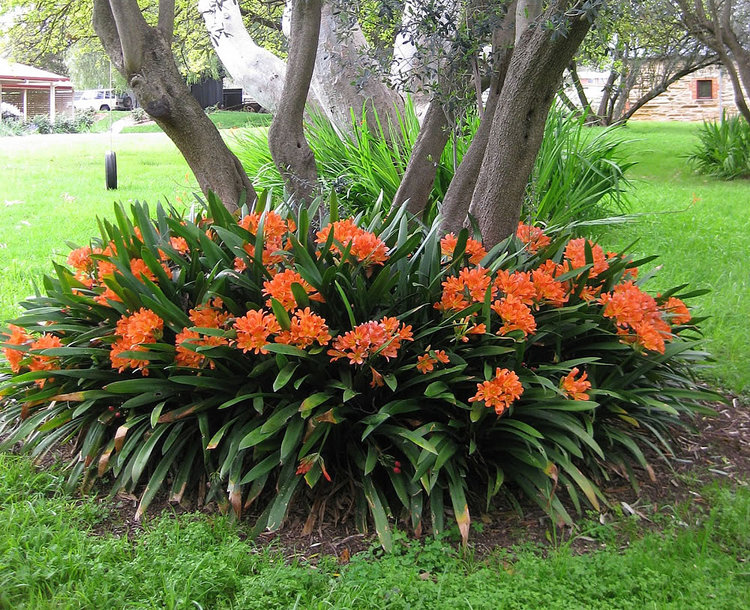
The Sunday Mail

Andrew Mangwarara
ZIMBABWE’s forests are laden with many untapped natural resources, particularly the vegetation. Among this diverse heritage is a tree called the large sour plum or botanically as ximenia caffra. In Shona this is muti wenhengeni or mutsvanzva whilst in Ndebele it is known as umthunduluka. The Tonga people call it menampeli. The fruit is no doubt a life saver when hunger visits you when herding cattle.
when hunger visits you when herding cattle.
With its sour flavour, it leaves your mouth with a dry after taste, making you forget about food for a while. Ximenia grows throughout the country on clay and loamy soils, on rocky hillsides and on termite mounds. It is a common tree of the olacaceae family, not to be confused with the oleaceae group and is found in most countries of Southern Africa.
lt is rich in vitamin C and potassium whilst the seed has a 65 percent oil content.
The powdered roots are added to beer as an aphrodisiac whilst the bark is used to treat chest pains, syphilis, hookworm and body pains. The roots are also used to treat stomach pains, coughs, malaria and bilharzia.
However, most of the medicinal properties have not been scientifically tested so beware. The large sour plum is a shrub or small tree that can grow up to 8m in height, an excellent garden subject. Its trunk can grow to a thickness of 15cm.
The bark is dark grey and smooth when young, becoming rough and fissured as the tree ages. It’s leaves are uniquely folded along the midrib and are grayish green in colour. The flowers emerge from September to October and are small creamy-white and sweetly scented.
This tree is particularly handsome when in fruit, producing oval, bright red or orange fruits that are averagely 2,5cm in diameter. Expect the fruits to ripen in December to January. When growing this tree in the garden, it is best to use it as a hedge or screen.
Plant fresh seed in river sand mixed with one part compost to five parts. Germination takes 15 to 30 days and it is best to transplant the seedlings when two leaves appear. Apparently, this tree is parasitic and will grow better when planted near other plants’ roots.
Position this plant in a full sun area.
Ximenia is fairly drought resistant.
It has a none aggressive root system, which makes it safe to plant it near buildings.
The tree attracts birds and butterflies, which is always every gardener’s desire.
The sour plum also has economic potential. lt can make jam, jelly and dessert. The seeds’ oil can be used to make lotions, to soften animal hides and as lighting for lamps. The nuts are also edible, purely an ignored economic treasure.
Happy gardening!
Feedback: [email protected]



